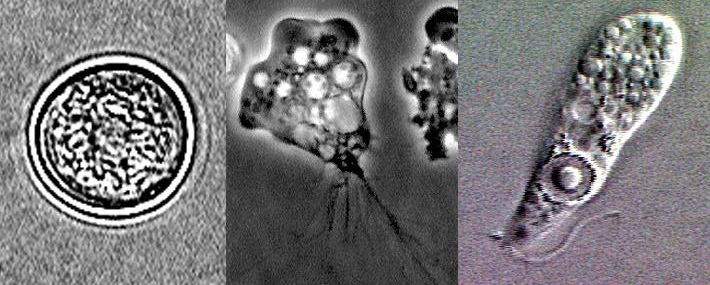A woman accidentally infected "brain-eating amoeba" while using an indoor water facility in New Taipei City in July, and she passed away as a result. There have only been two occurrences of this sickness in Taiwan to far, which is rather uncommon among human deaths. Doctors emphasized that while individuals shouldn't be overly concerned in municipal water supplies or chlorinated swimming pool water, they still need to exercise extreme caution and avoid submerging their heads in the water in natural ponds.
Read more: CDC reminds migrant workers precautions when returning hometowns as Dengue Fever edges up

While playing in the water, a woman in New Taipei contracted the "brain-eating amoeba" and passed away.Photo reproduced from Pixabay
The scientific term for the "brain-eating amoeba" is "Naegleria fowleri". About 1 to 7 days pass during the incubation phase before symptoms appear. Headache, fever, nausea, and vomiting are the first signs of encephalitis, which is then followed by coma, convulsions, and stiff neck. The death rate after the beginning of symptoms is around 99%, yet linked infection cases are incredibly uncommon globally.
Naegleria fowleri is a single-celled parasite that naturally inhabits freshwater lakes and rivers, according to Taiwan Centers for Disease Control. It thrives in heated areas, including warm lakes and rivers, hot spring water, and warm water discharged from the factory, where the temperature is 46 °C. It can be found in warm, draining water, water heaters, soil, and swimming pools with insufficient chlorine treatment. The CDC also advises people that Naegleria fowleri typically accumulates at the bottom of lakes or swimming pools, so try to avoid churning that water up. The nasal cavity may get infected if the silt enters an area with a relatively high-water surface.







